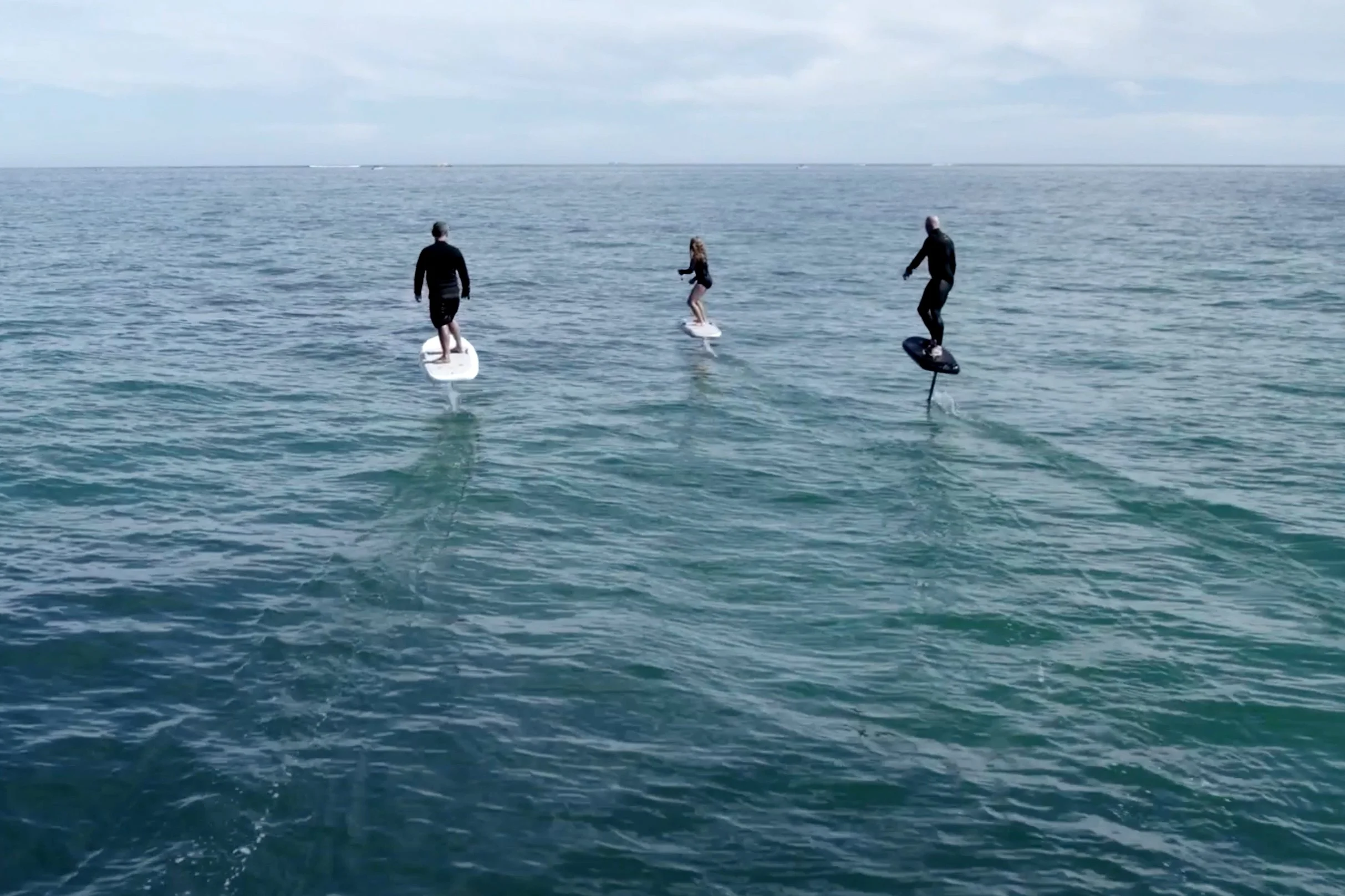
AML/CTF compliance program.
The AML/CTF risk assessment and compliance program sits at the centre of your financial crime compliance journey.
If you are a reporting entity, you must have an AML/CTF program setting out how you comply with the legislation.
The program must be a written document showing how you identify, mitigate and manage the risk of your products or services being used for money laundering (ML) or terrorism financing (TF). Critically, the program must be appropriate and calibrated to the level of risk your business or organisation may reasonably face.
“AML/CTF programs are vital in identifying, disrupting and preventing money laundering and terrorism financing. This protects your business or organisation, your community and Australia from criminal activity.”
— AUSTRAC
Risk assessment.
Step 1: Identifying and assessing the level of money laundering and terrorism financing (ML/TF) risk to your business is the most fundamental part of your AML/CTF program. The results of your risk assessment will inform all aspects of your compliance program.
“Assessing the ML/TF risk your business or organisation faces enables you to develop an AML/CTF program with appropriate measures to protect your business or organisation from being exploited by criminals.” — AUSTRAC
For more information on “Assessing ML/TF risk”, read about AUSTRAC’s expectations for businesses when assessing and managing risks.
Download Insights: Assessing ML/TF risk (PDF, 439KB).

